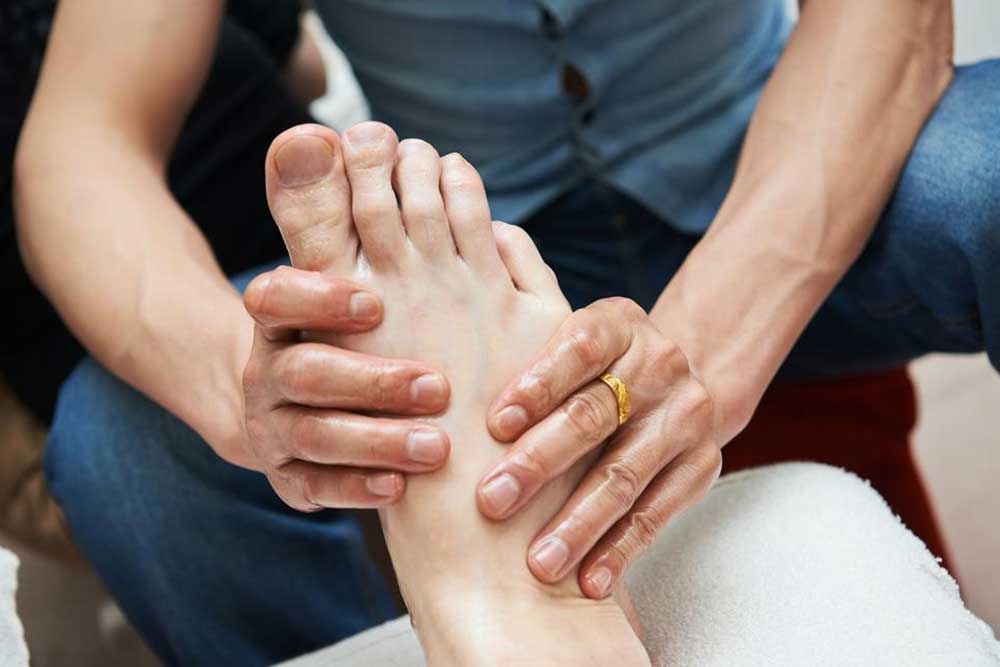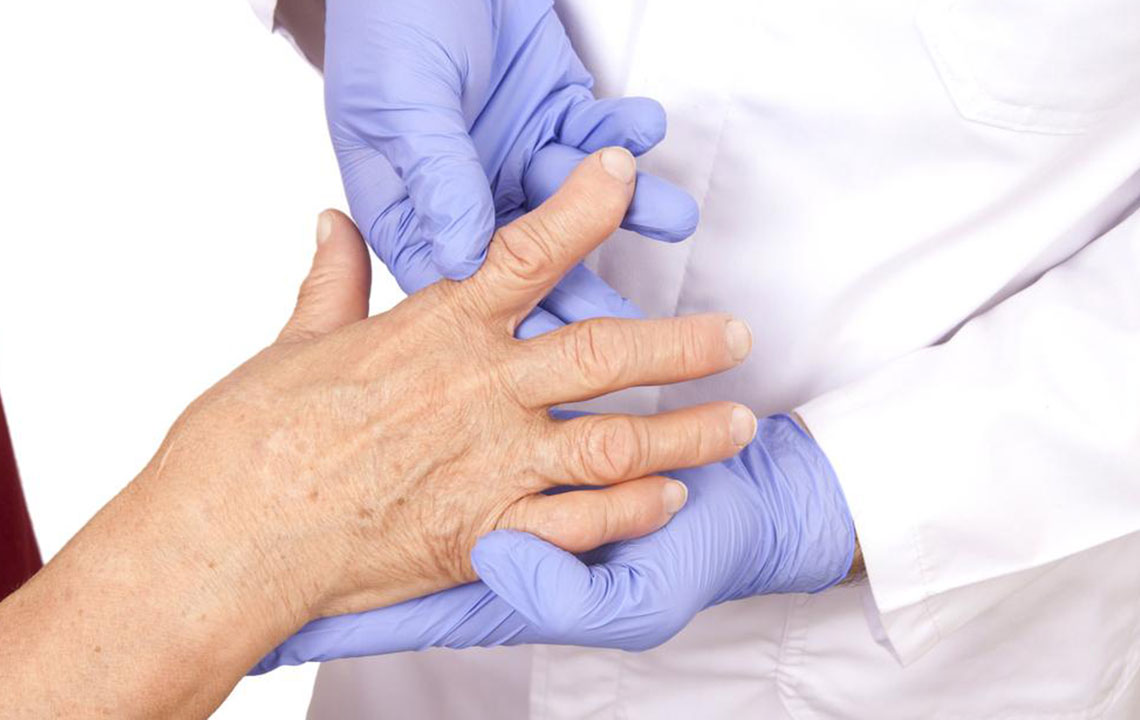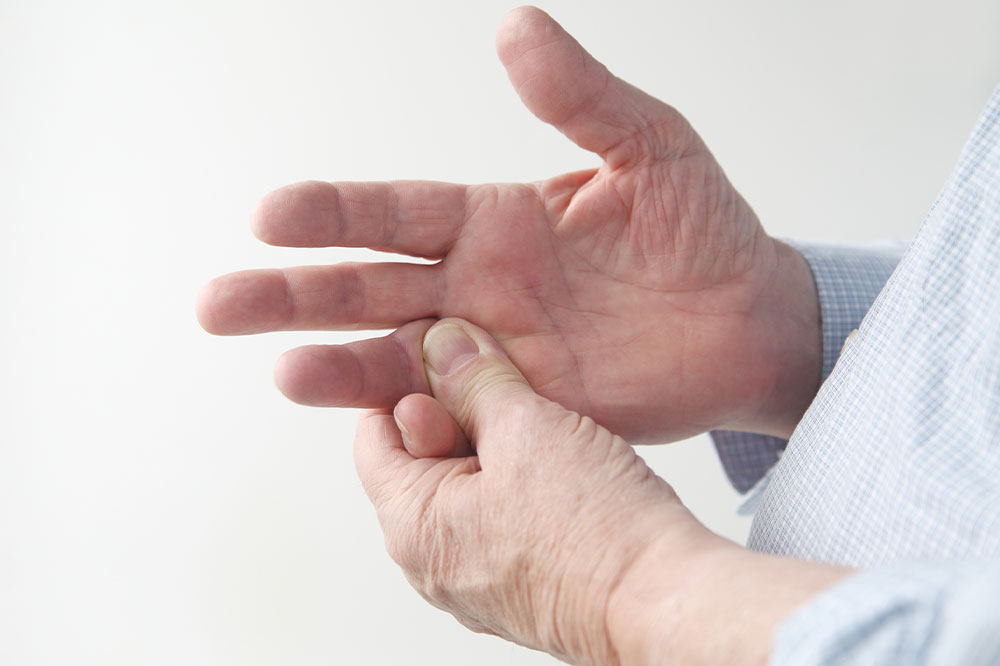Effective Strategies for Managing Rheumatoid Arthritis and Gout Foot Pain
Learn about effective treatment options for foot pain caused by rheumatoid arthritis and gout. Discover differences between these conditions, their symptoms, and management strategies including medications, lifestyle changes, and when to seek medical advice. Proper diagnosis and personalized treatment plans can prevent joint damage and improve quality of life.

Effective Strategies for Managing Rheumatoid Arthritis and Gout Foot Discomfort
Foot pain due to rheumatoid arthritis and gout is quite common. Both conditions share similar symptoms, making diagnosis important. Managing rheumatoid arthritis and gout foot pain involves medications combined with lifestyle modifications. Without proper treatment, both diseases can lead to permanent joint damage and impact organs like kidneys and heart. Sometimes, both conditions may coexist. Accurate and timely diagnosis is essential to determine the right treatment plan for rheumatoid arthritis and gout foot pain.
Differences Between Rheumatoid Arthritis and Gout
Although both affect joints, they have distinct symptoms. Rheumatoid arthritis leads to joint stiffness and swelling, often affecting larger joints. Gout typically affects smaller joints, causing sudden swelling and redness. Rheumatoid arthritis is an autoimmune disorder characterized by thickening of synovial fluid, whereas gout results from uric acid crystal buildup. Rheumatoid arthritis increases cardiovascular risk, while gout raises concerns about kidney health.
Effective treatment depends on symptom severity. Approaches include medications, physical therapies, lifestyle and dietary changes, and sometimes surgery. Rheumatoid arthritis treatment mainly involves pain relief medications, physical therapy to reduce stiffness, and lifestyle adjustments to avoid triggers. Common medications include NSAIDs and corticosteroids to control inflammation and slow disease progression. Severe joint damage may require surgical intervention. Gout management includes pain relievers and medications to lower uric acid levels, along with dietary changes to reduce high-purine foods and alcohol. Maintaining a healthy weight can alleviate symptoms. Consultation with healthcare providers is vital for personalized treatment, especially for those with both conditions. Dietary habits influence gout risk and overall arthritis management.










